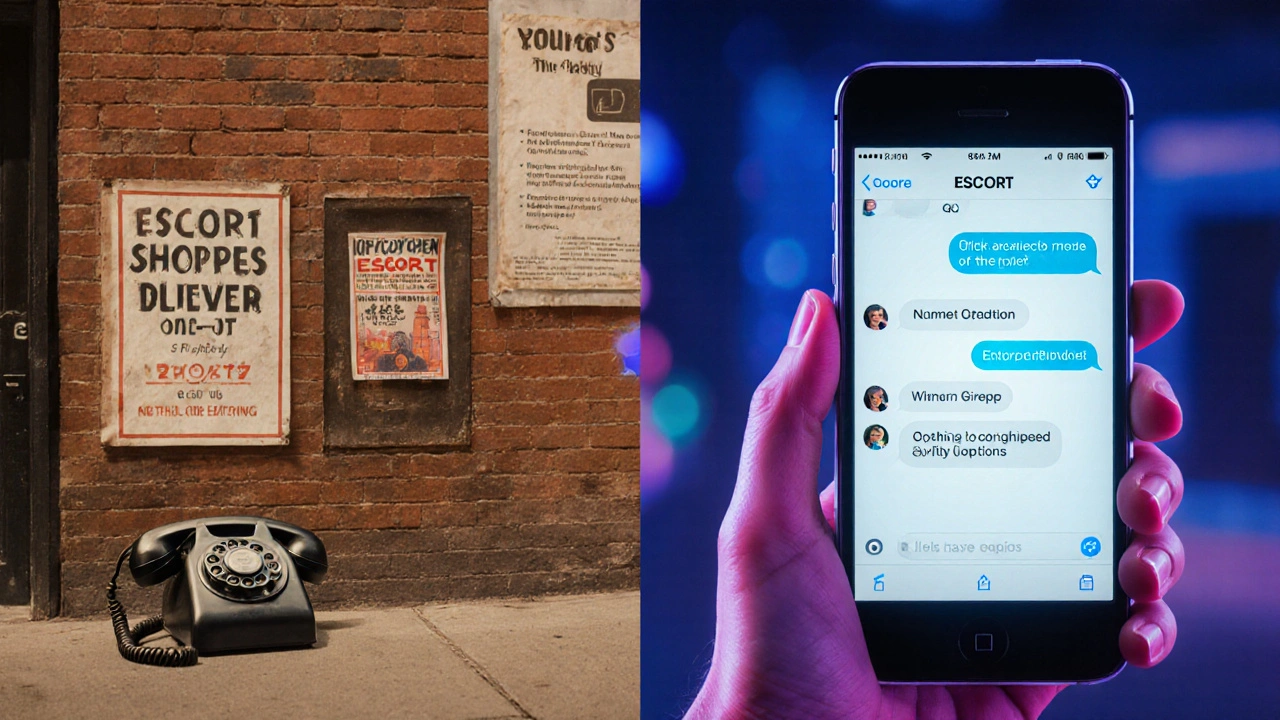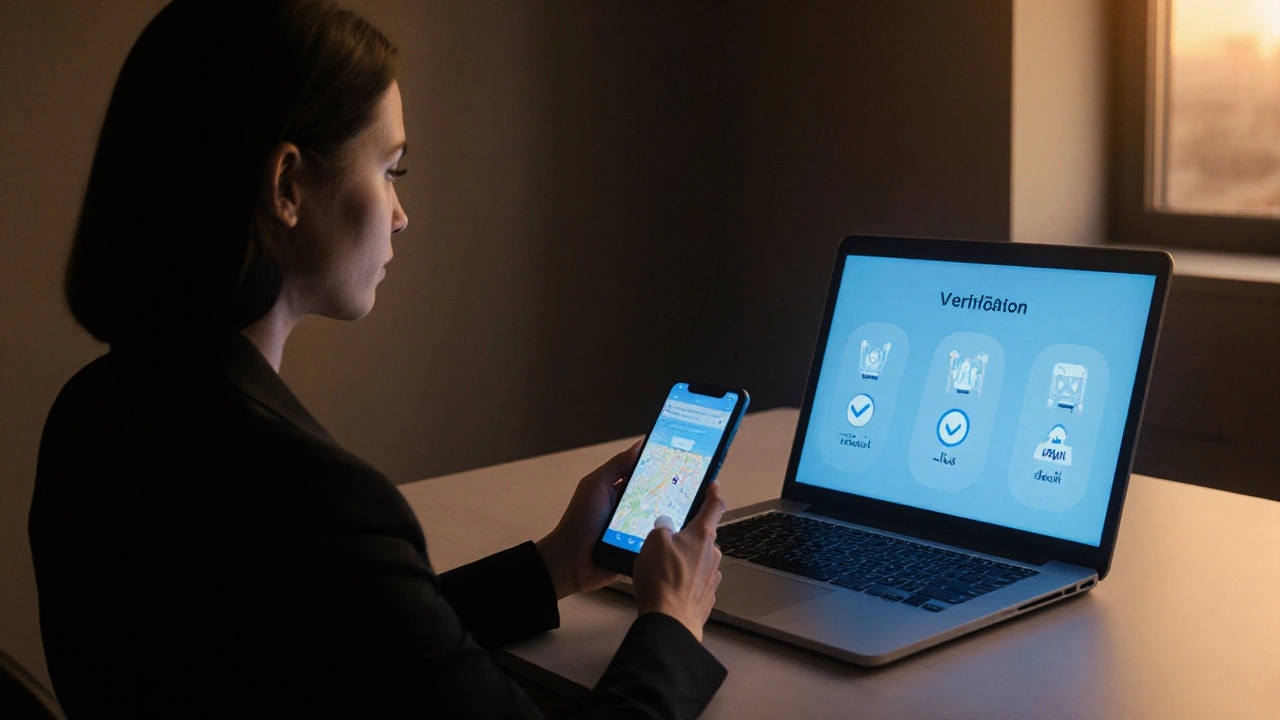Ever wonder how call girl services went from gritty street corners to sleek apps on your phone? This guide walks you through the major shifts, the tech that reshaped the market, and what safety looks like today.
What Are Call Girl Services?
Call girl services refer to a segment of the broader escort industry where clients arrange personal companionship-often with a premium on discretion and tailored experiences. Unlike street-based prostitution, these services usually involve pre‑screened clients, scheduled appointments, and a higher degree of professionalism.
How Have They Changed Over the Decades?
In the 1970s, most arrangements were made through word‑of‑mouth or classified ads in print media. By the 1990s, telephone hotlines emerged, offering a layer of anonymity for both parties. The 2000s introduced dedicated websites, and today, mobile apps and encrypted messaging dominate the scene.
Each era brought new tools and new challenges, but the core promise-personalized companionship-remained constant.
Key Drivers Behind the Evolution
Prostitution laws have a huge impact. When legislation tightens, providers often move online to stay under the radar. Technological advances-like smartphones and encrypted chat-make it easier to arrange meetings without exposing identities.
Client expectations have shifted, too. Modern customers look for real‑time availability, transparent pricing, and robust safety measures. Payment methods have evolved from cash hand‑overs to digital wallets, crypto, and even subscription models.

Comparison of Service Models: 1970s vs 2020s
| Aspect | 1970s‑1990s | 2020s |
|---|---|---|
| Discovery Channel | Print ads, phone hotlines | Websites, mobile apps, encrypted messengers |
| Payment | Cash, traveler's checks | Credit cards, e‑wallets, cryptocurrency |
| Screening | Informal, based on reputation | Background checks, verification badges |
| Safety Protocols | Rarely documented | Safety apps, panic buttons, location sharing |
| Client‑Provider Ratio | One‑to‑one, limited reach | Multi‑provider platforms, broader client base |
Safety and Discretion: Modern Practices
Today's providers emphasize Safety protocols that were unheard of a few decades ago. Apps often feature built‑in panic buttons that alert trusted contacts if something feels off. Many services require verified ID checks for both client and provider, reducing the risk of scams.
Discretion agreements are now standard contract language, outlining how personal data will be handled, stored, and deleted. This legal framing helps protect both parties if authorities get involved.
Common Misconceptions
- All call girl services are illegal-many operate in jurisdictions where escort work is regulated.
- Digital platforms mean less risk-technology also introduces new privacy concerns.
- Providers are always independent-some work through agencies that handle marketing, screening, and payments.

Where Do You Find Modern Call Girl Services?
Most reputable providers list themselves on Online escort platforms. These sites often include detailed profiles, client reviews, and clear pricing tables. Social media channels (especially Instagram and Twitter) are also used for brand building, but they carry higher exposure risk.
Encrypted messaging apps like Signal or Telegram allow direct negotiation while keeping conversations private. Some providers even use bespoke booking software that integrates payment processing, calendar sync, and automated reminders.
FAQ
Is hiring a call girl illegal in the UK?
In England and Wales, exchanging sexual services for money is illegal under the Sexual Offences Act, but the law distinguishes between street‑level prostitution and regulated escort services that operate under a “service‑provider” model. Many agencies work within legal gray areas by offering companionship without explicit sexual promises.
How have payment methods changed?
Cash was king in the 20th century, but today digital wallets, credit cards, and cryptocurrencies dominate. These methods provide a paper‑trail that can be useful for dispute resolution while also offering anonymity when needed.
What safety tools should a client look for?
Look for platforms that offer verified ID checks, encrypted communications, and an emergency‑alert feature. Some services also let you share your live location with a trusted friend during the appointment.
Do modern providers still use agencies?
Yes. Agencies handle marketing, client screening, and payment processing, allowing providers to focus on the service itself. This model can increase reliability but may reduce the provider’s earnings share.
How has technology impacted client expectations?
Clients now expect instant booking, transparent pricing, and real‑time communication. Mobile apps and AI‑driven matching algorithms have raised the bar for personalization and responsiveness.
What’s Next?
If you’re curious about the modern landscape, start by browsing reputable online escort platforms that publish verification badges and clear safety policies. Remember, the industry continues to evolve-keep an eye on emerging tech like blockchain escrow and AI‑assisted client matching for the next wave of change.






MARICON BURTON on 19 October 2025, AT 17:24 PM
Listen up, the whole “digital makeover” thing isn’t just a fad-it’s a full‑blown takeover of the old‑school hustle. Back in the 70s, street corners were the only stage, but now every app is a neon‑lit theater where providers parade their profiles like runway models. The tech isn’t just for convenience; it’s a weapon that lets both sides screen, verify, and ghost with a single tap. If you think the old methods were safer, think again-those “trusted circles” were just a euphemism for unchecked risk. So before you romanticize the gritty past, remember the data trails that now protect (or expose) everyone involved.